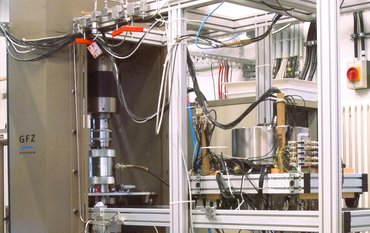Special fine structures in tiny zircon crystals provide strong evidence that the Maniitsoq structure in western Greenland is the largest and oldest impact crater on Earth. A recently published study analysed thousands of zircon grains from confirmed impact structures in comparison with those from other regions and those from Maniitsoq.
Background: The question of the origin of the Maniitsoq structure
The origin and nature of the Maniitsoq structure in West Greenland, which is around three billion years old, has been the subject of scientific debate for years. Today, the round structure extends over 100 kilometres in diameter, but the original crater was probably around 500 kilometres in size. Adam Garde from the Geological Survey of Denmark (GEUS) believes the crater to be the remains of a meteorite impact based on mineral analysis. This would make it the largest and oldest impact crater on Earth. In contrast, other researchers posit that it could also be a tectonic structure, i.e. created by movement of the Earth's crust or earthquakes.
New evidence for the impact theory
Now, in a study recently published in the Journal of Petrology, Adam Garde (now emeritus) and an international team present new evidence for the impact theory. They identified so-called shock lamellae on zircon crystals from the Maniitsoq structure, which they interpret as an indication of the effects of an impact event. The international research group includes Leif Johansson and Nynke Keulen as well as Anja Schreiber and Richard Wirth from the GFZ German Research Centre for Geosciences.
Over the course of several years, the researchers examined thousands of samples from four known impact craters and from regions where there was no evidence of meteorite impacts, but earthquakes did occur.
Adam Garde explains: “We found two very different types of fine structures in the zircons we examined. One structure consists of closely spaced and contiguous planar fine structures. These are 'shock lamellae', which are formed by the shock wave generated by the impact. They can be altered by water penetrating from the surrounding Earth's crust. This causes nanometre-sized bubbles to form along the original shock lamellae. Under an electron microscope, these bubbles look like tiny beads on a string.”
The other type of planar structures in zircons are open fissures caused by intense seismic shaking. In rare cases, these types of open fissures can also occur in earthquake zones and are therefore not suitable for identifying meteorite craters.
Shock lamellae are well known in quartz, where they are a typical indication of impact craters. Deep inside the Earth's crust, however, quartz is soft and the shock lamellae are therefore difficult to recognize or even completely destroyed by the subsequent deformation. Zircon is a much more resistant mineral that is better suited to preserving possible shock structures, including the tiny bubbles.
Examination under the transmission electron microscope at the GFZ
In order to identify the small structures, the research group examined more than 3,400 zircon samples of different origins – using scanning electron microscopy at Lund University and GEUS and transmission electron microscopy at the GFZ. This involved taking very thin disk-shaped samples of the zircons and then shining electrons through them. Compared to the examination in a conventional light microscope, much smaller structures can be recognized, such as the tiny details in the shock lamellae.
Conclusion
Adam Garde's team is now certain that the shock lamellae from the Maniitsoq structure are the result of an impact and not earthquakes. According to Adam Garde, the method can help to identify ancient impact craters more reliably than before.
The research infrastructure PISA at GFZ
The transmission electron microscope is part of the “Potsdam Imaging and Spectral Analysis (PISA) Facility” at GFZ. The PISA facility combines the most advanced imaging and spectral technologies for all kinds of research applications. It consists of a series of electron microscopes with different detectors.
Funding
The work was funded by the EU research program EXCITE. EXCITE stands for “Electron and X-ray Microscopy Community for Structural and Chemical Imaging Techniques for Earth Materials” and is a major EU-funded research programme. More information on EXCITE at excite-network.eu.
Original publication:
A A Garde, L Johansson, N Keulen, A Schreiber, R Wirth, Zircon Microstructures in Large, Deeply Eroded Impact Structures and Terrestrial Seismites, Journal of Petrology, Volume 64, Issue 11, November 2023
DOI: 10.1093/petrology/egad079
Scientific Contact
Adam A. Garde
Geological Survey of Denmark and Greenland
Tel.: (+45) 50 55 11 35
E-Mail: aag@geus.dk


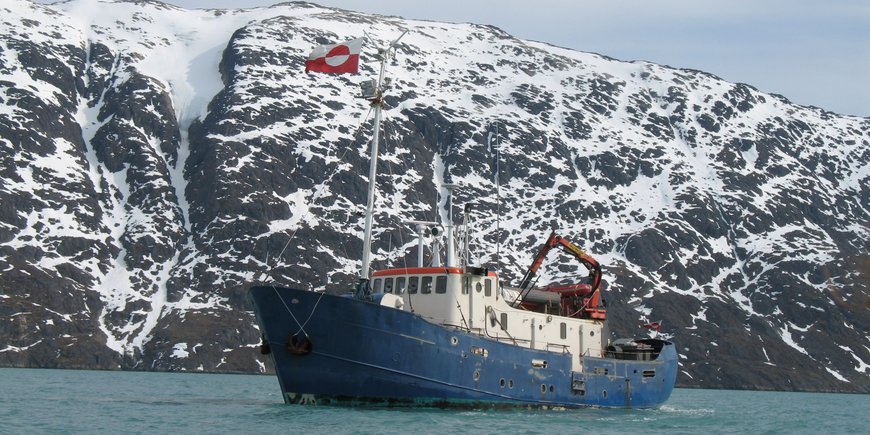
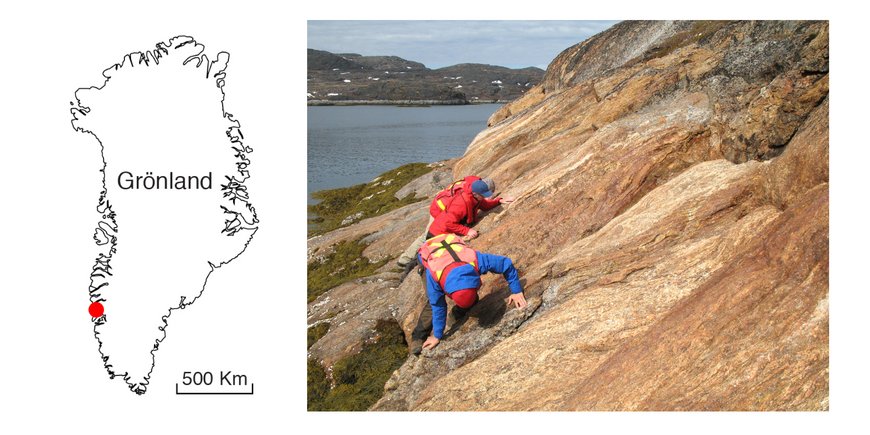
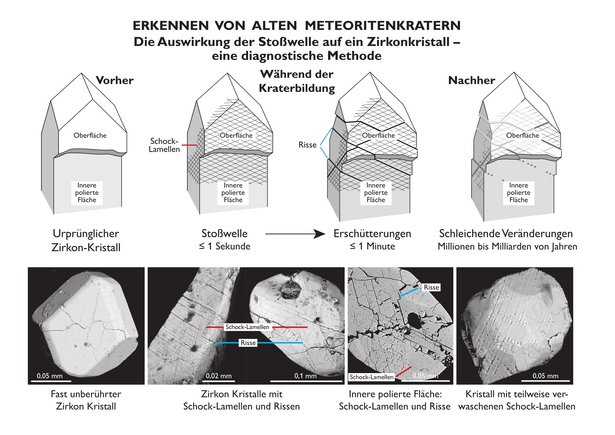
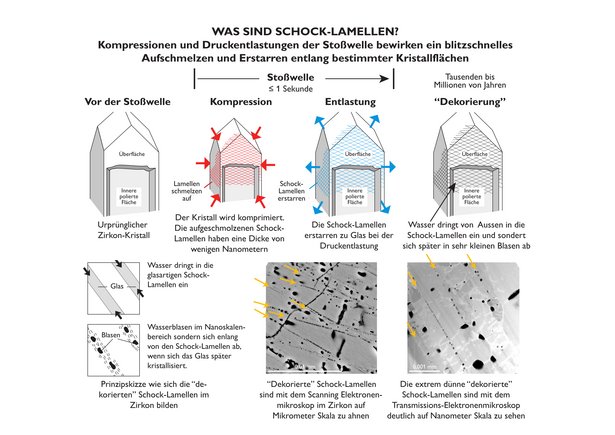







![[Translate to English:] Torsten Sachs in front of a climate station on a field](/fileadmin/_processed_/3/9/csm__TorstenSachs_bearbeitet_GS_4a1365ef84.jpeg)

![[Translate to English:] left image flood at the Ahrtal: image from above, several houses are flooded; left image:: Heidi Kreibich;](/fileadmin/_processed_/4/4/csm_Bild2_9af0130e9f.png)



![[Translate to English:] Start der Vega Rakete](/fileadmin/_processed_/6/4/csm_20231201-kachel_Vega-VV23-launch_ESA-CNES-Arianespace_706716b68c.jpeg)








![[Translate to English:] Poster exhibition at the Brandenburg Hydrogen Day at the GFZ, some participants in the foreground](/fileadmin/_processed_/6/5/csm_Erster_Brandenburgischer_Wasserstofftag_GFZ_402fcec95e.jpeg)
![[Translate to English:] Group picture of the participants](/fileadmin/_processed_/9/4/csm_20231108_CAWa-Workshop-Tashkent_Gruppenbild_99ea779d8a.jpeg)

![[Translate to English:] [Translate to English:] Hörsaal](/fileadmin/_processed_/e/6/csm_H%C3%B6rsal_e21ac645fb.jpeg)


![[Translate to English:] The Delegations in the Historic Library on the Telegrafenberg. In the back there are from left to right, the Dutch Ambassador for Germany, Ronald van Roeden, the Dutch Minister for Education, Culture and Science, Robbert Dijkgraaf and the scientific director of the GFZ, Susanne Buiter.](/fileadmin/_processed_/d/b/csm_Kachel-2_9eba4b4212.jpeg)


